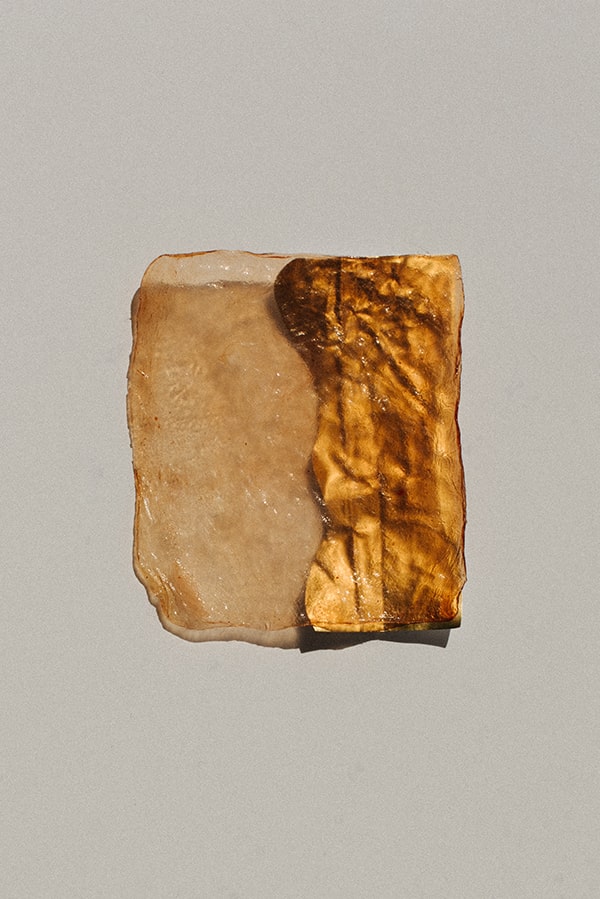exhibitions
2020.06
Fermented Future
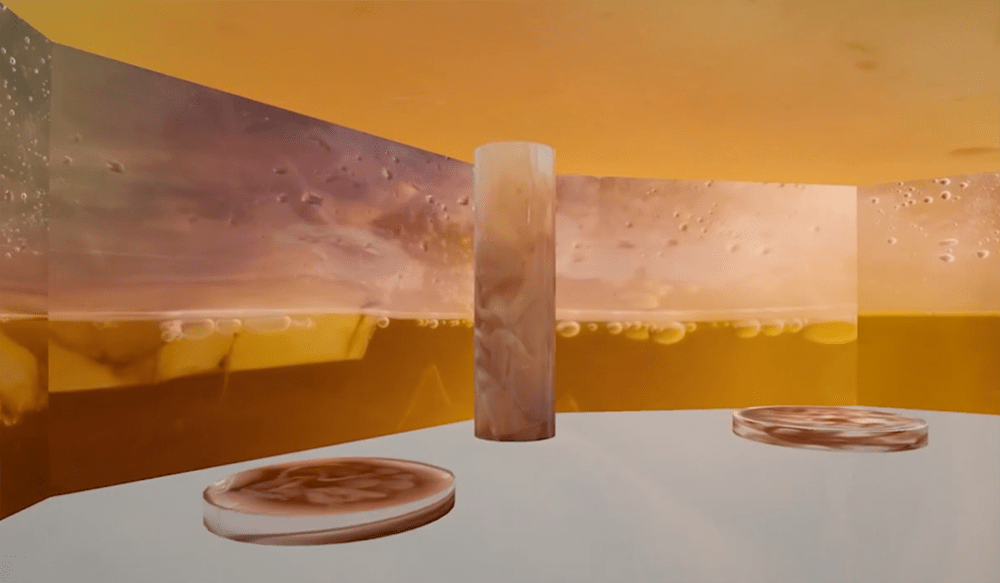
We’ve started researching into the acceptance of this new material. Which strategy will encourage acceptance by the consumer and lead to a product that captures the story behind KOMBUTEX? This research resulted in the making of a digital exhibition, which allows the visitor to take the first step into the world of naturally grown fabrics.
To fully tell the story, and let the user experience the textile through the exhibition we used a concept formulated by Donald Norman, a cognitive scientist. In figuring out how to get people to love something and to get a better understanding of the human mind, he uses three different levels to describe the way we think about products. The visceral level, the behavioural level and the reflective level. These levels are used to divide the exhibition and reveal the material qualities in its three hypostases.
But before getting to know the fabric, the first look of the expo starts in the garden and focusses completely on the growing process. Surrounded by a time-lapse of growing bacterial cellulose, the room exudes a warm and moist feeling. The ceiling is a moving SCOBY and can be compared to the sun going down above a greenhouse.
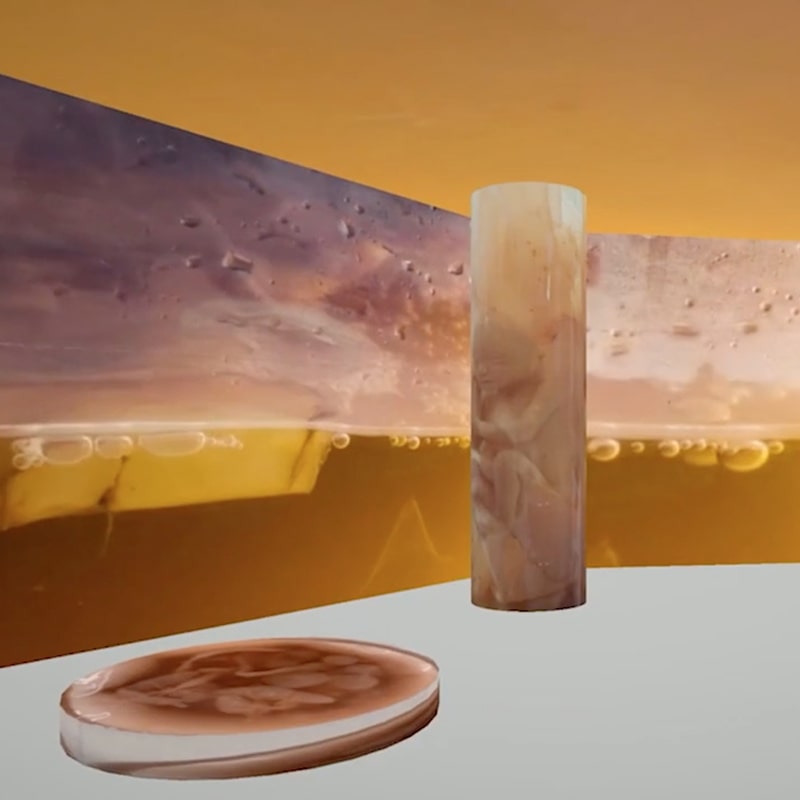
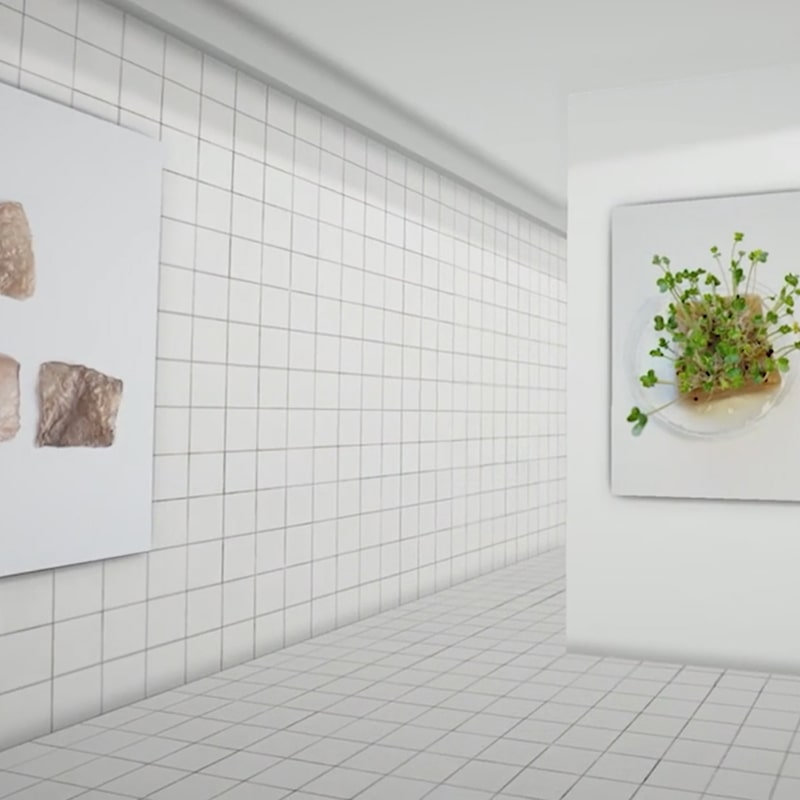
The room based on the visceral level is called the Farm. The visceral level is purely focused on instinct. How do things look, feel and sound? Humans are genetically wired to love and hate certain things. But we can overcome this wiring by learning to love something, for example acquired tastes like blue cheese, wine and coffee.
The lab is focused on the behavioral level, the functionality of the product. When something functions properly people can experience a certain kind of pleasure, for example by using a really good knife. In this room the focus lies on the incredible sustainable potential of the textile, how it biodegrades and how it compares to other textiles. During the growing process of KOMBUTEX, no chemicals are required, and when it biodegrades it leaves nothing behind. What if materials in the future instead of damaging our planet, leave the world a better place? This room proved a bit more difficult, while many properties of the textile are known, like its sustainable potential, products and their production methods still need to be defined.
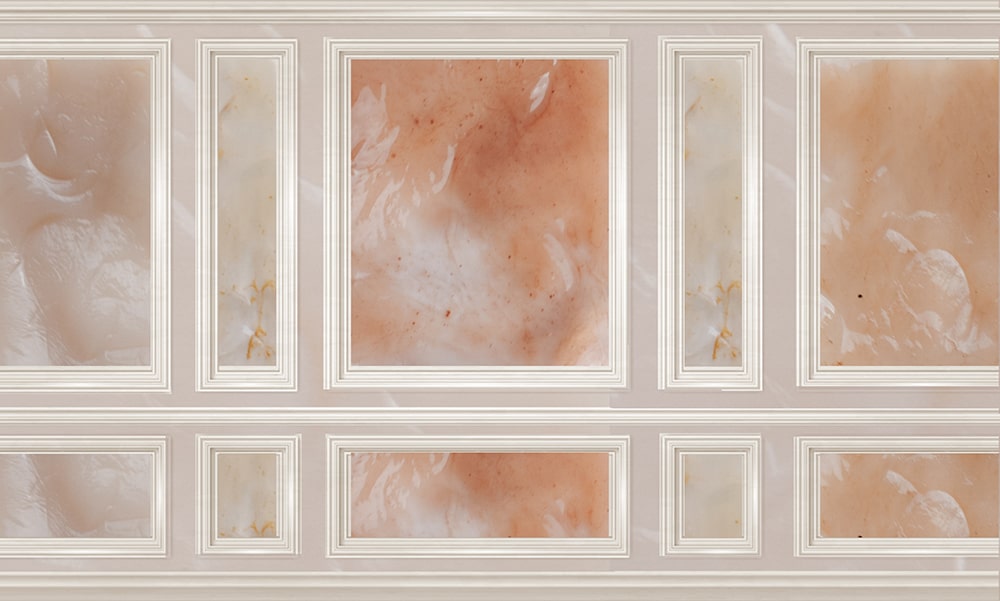
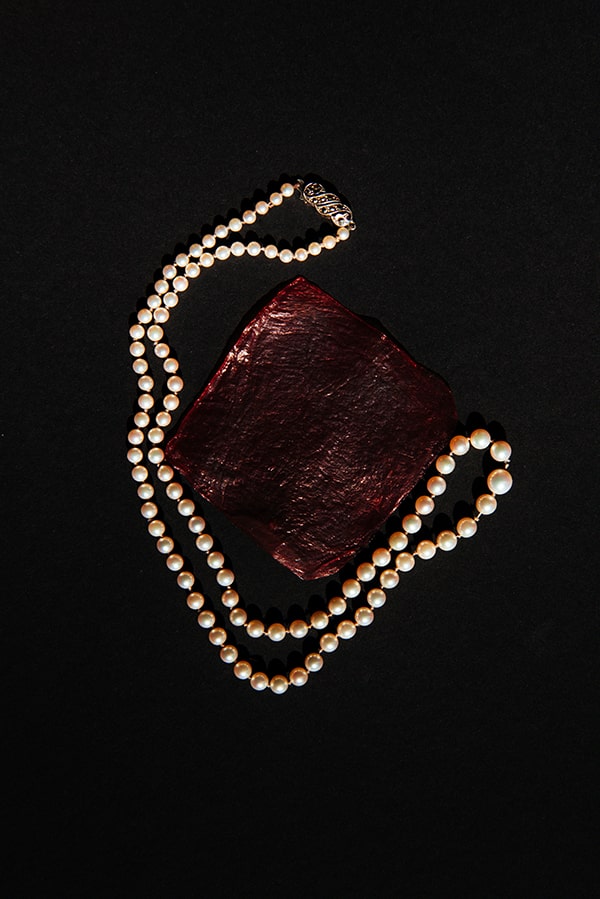
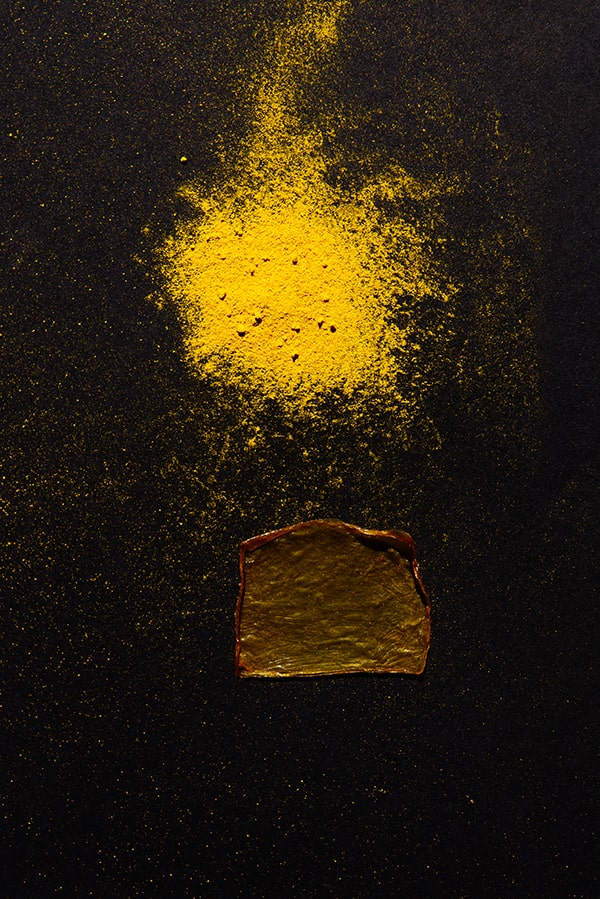
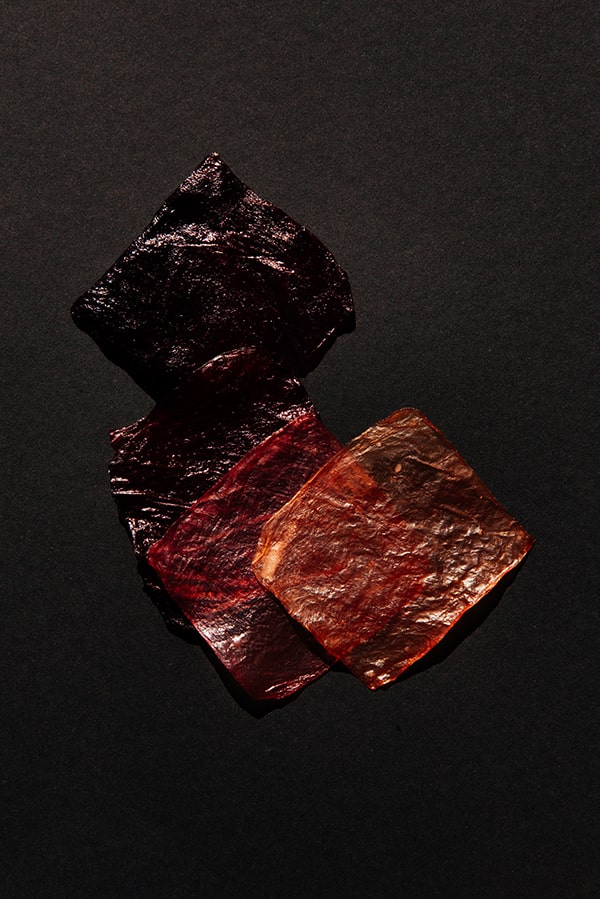
The reflective level is portrayed in the hall of mirrors. It’s about the message, culture. The things people use on a day-to-day basis portray how we want others to think about ourselves. For example, when buying a Bamboo toothbrush, you’re showing the world that sustainability is important to you and you care about the planet. In the Hall of Mirrors, KOMBUTEX is portrayed as different identities, from classical art to modern-day Instagram aesthetics. Ending with a future interior, completely immersing the visitor by the moving fabric.

